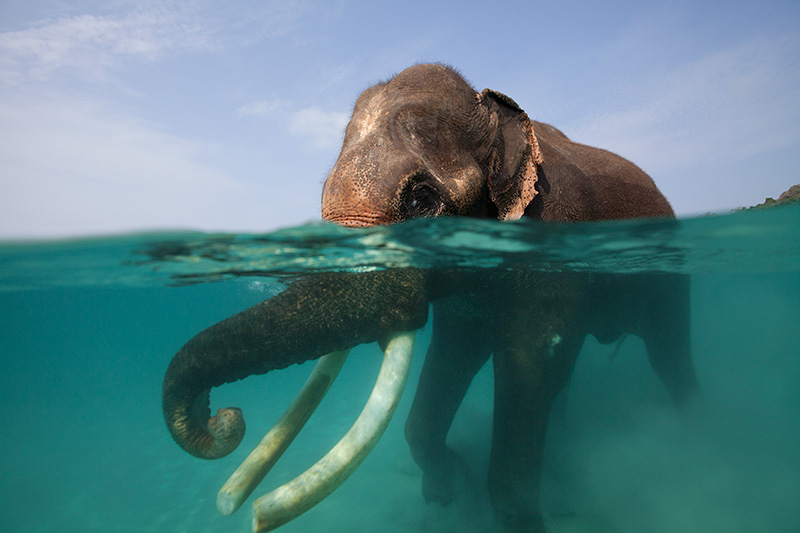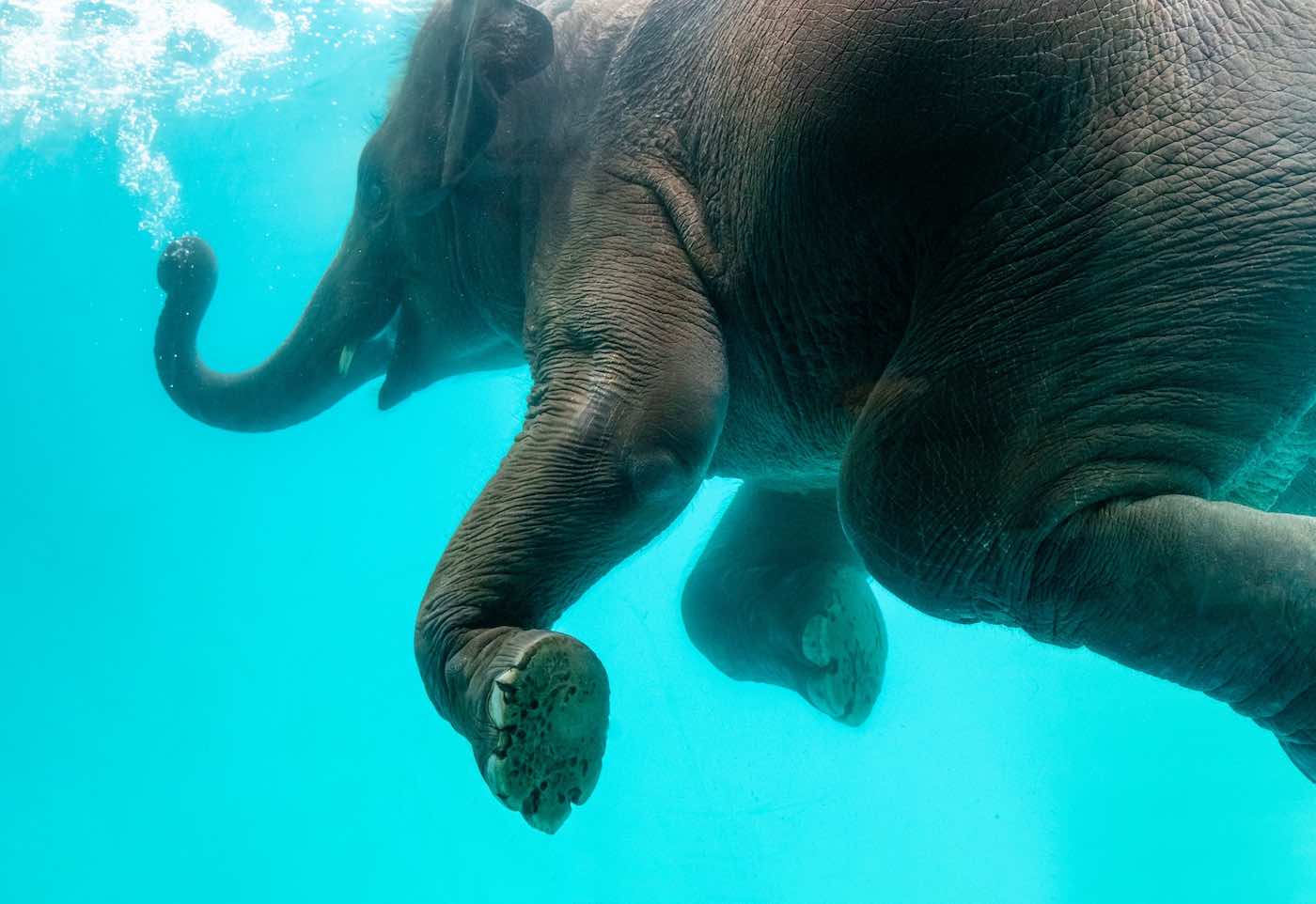Elephants are usually thought of as land creatures that wander the rainforests of Asia or the savannahs of Africa. The majority of people are unaware, nonetheless, that elephants can swim quite well! Elephants have been known to swim for several miles at a time because they feel so at ease in the water.

Swimming is an essential skill for elephants, particularly during the rainy season when they have to cross swollen rivers and floodplains. Elephants have adapted to these conditions by evolving a unique swimming style. Elephants keep their trunks above water, using them as snorkels to breathe. This technique allows them to submerge themselves in the water while still being able to breathe.
But how do elephants manage to keep their trunks above water while swimming? It all comes down to the unique structure of their trunks. Elephant trunks are a combination of their nose and upper lip and are made up of more than 100,000 muscles. These muscles are incredibly flexible, allowing the trunk to move in all directions. When swimming, the elephant uses the trunk as a snorkel by extending it above the water’s surface.

As the elephant swims, the muscles in the trunk contract to close the nostrils and prevent water from entering. The trunk’s length also allows elephants to reach depths that would otherwise be difficult for them to achieve. The buoyancy of the water helps elephants maintain their weight, making it easier for them to move their massive bodies through the water.

Another fascinating fact is that elephants use their trunks not just as snorkels but also as a means of communication while swimming. The elephant’s trunk is its primary means of communication and is used to convey a variety of messages, from affection to warning signs. Elephants in the water can use their trunks to produce different sounds, which are then transmitted underwater. This communication method helps keep the herd together while swimming and can alert others to potential danger.
Interestingly, while most elephants are strong swimmers, not all are as comfortable in the water. African elephants, in particular, are more confident in water than their Asian counterparts. This is likely because African elephants inhabit more watery habitats, such as the Okavango Delta or the Chobe River. In contrast, Asian elephants tend to live in drier, forested areas and may not have the same opportunities to swim.
In conclusion, elephants are amazing swimmers, and their use of their trunks as snorkels is just one of the many incredible adaptations they have made. Despite their enormous size, elephants have evolved to be incredibly versatile and adaptable animals, capable of surviving in a range of environments, including the water. Elephants truly are the aquatic adventurers of the animal world, and their unique swimming abilities make them even more remarkable.
Thank you for reading this informative article on the swimming abilities of elephants. We hope you’ve learned something new and exciting about these incredible animals. Remember, always respect and admire the natural world around us, and let us continue to explore and discover the amazing animals that share our planet